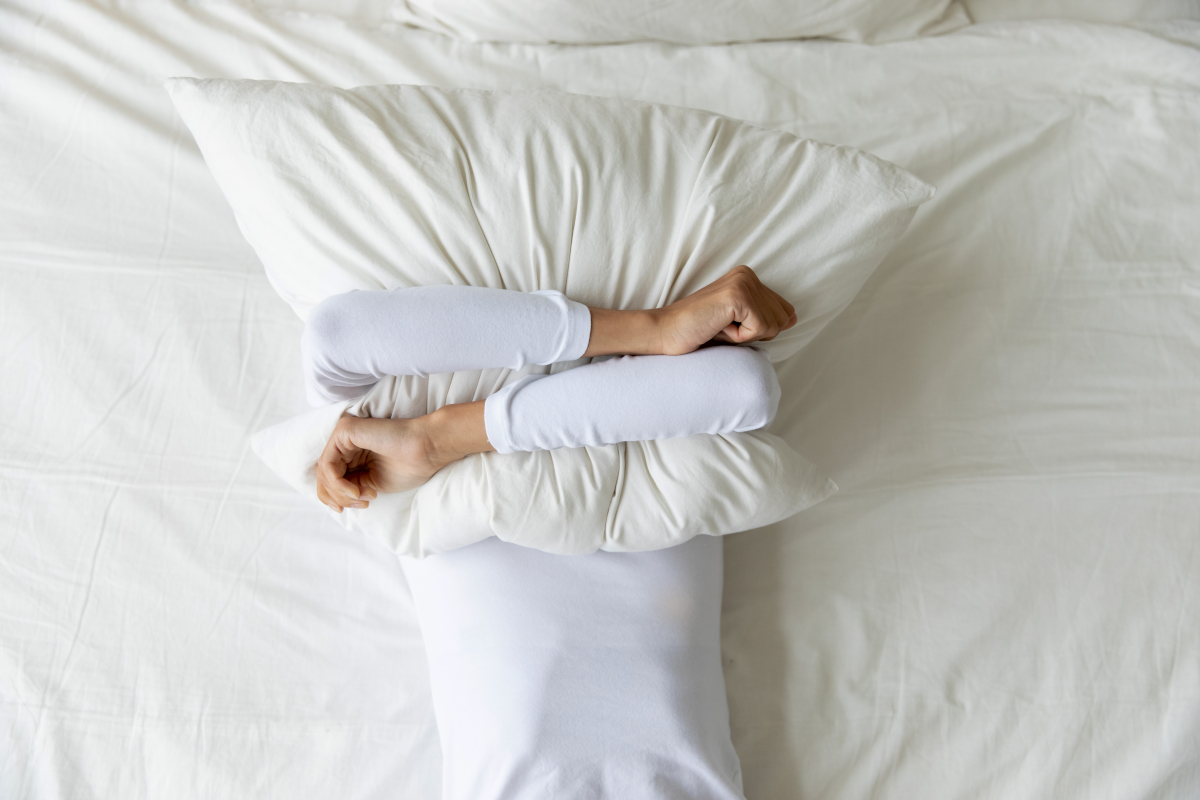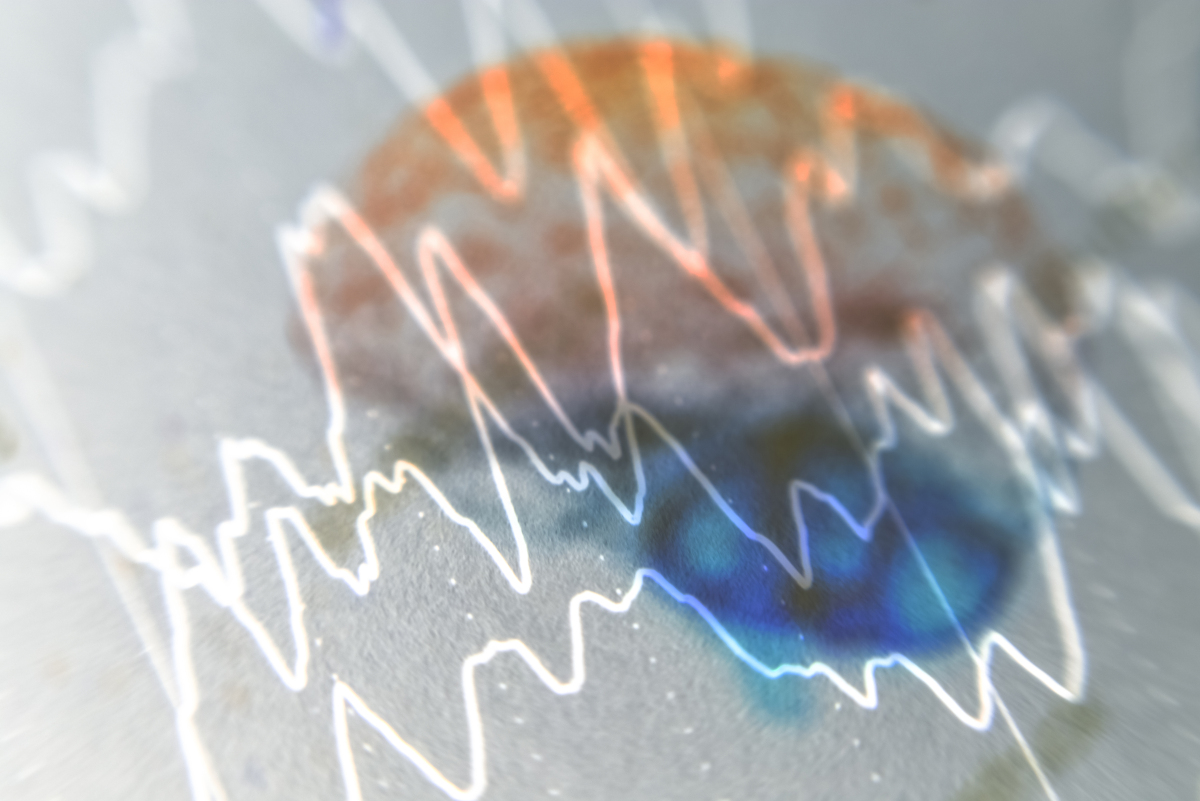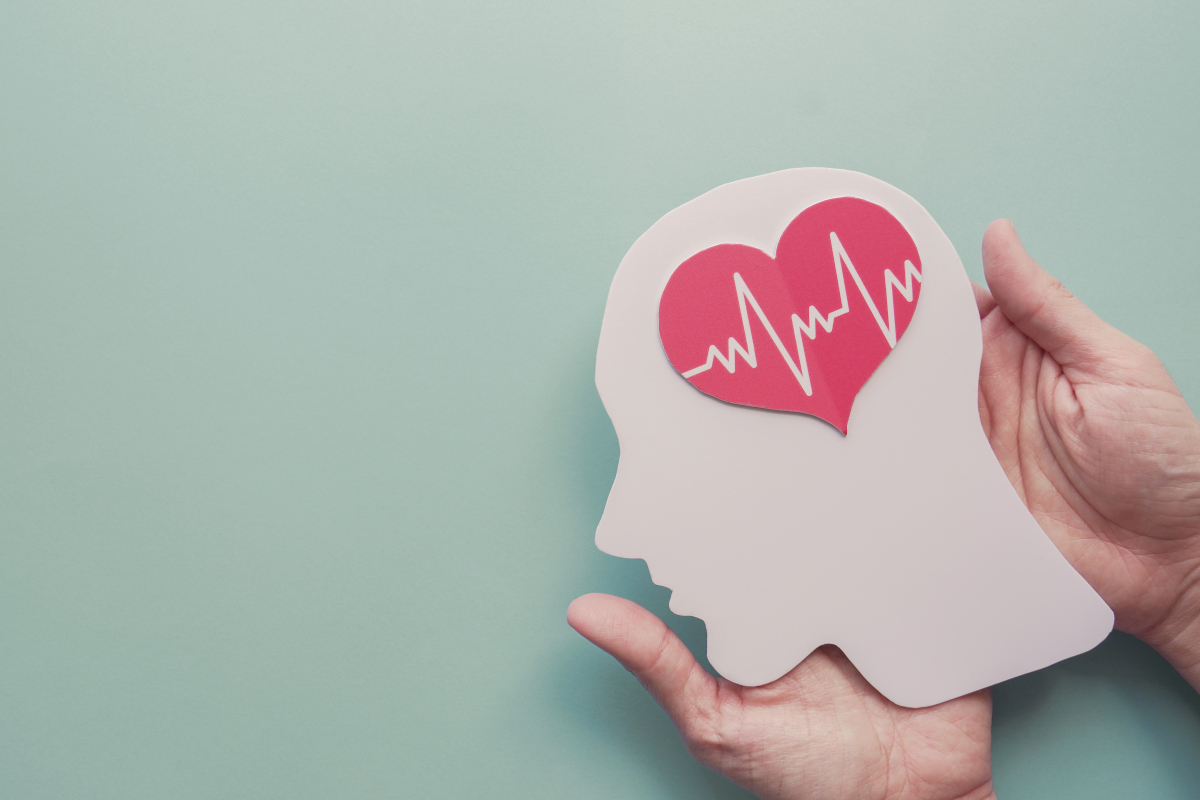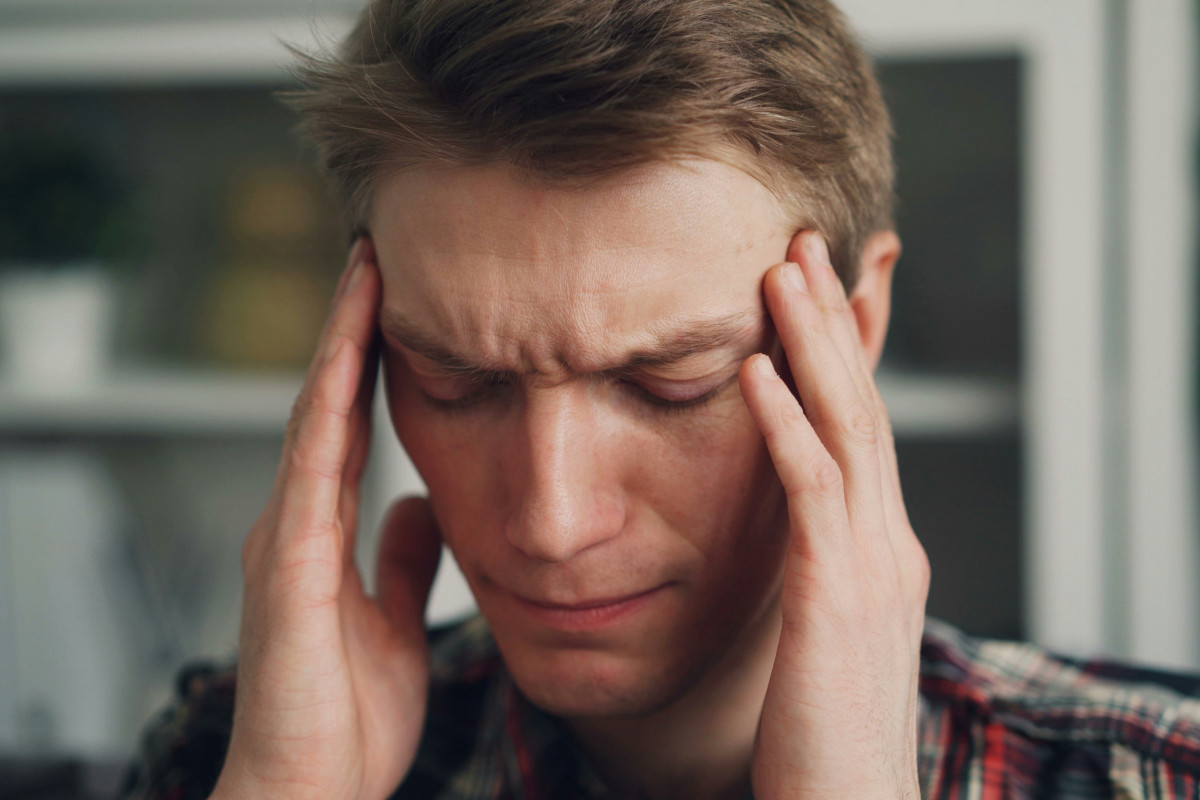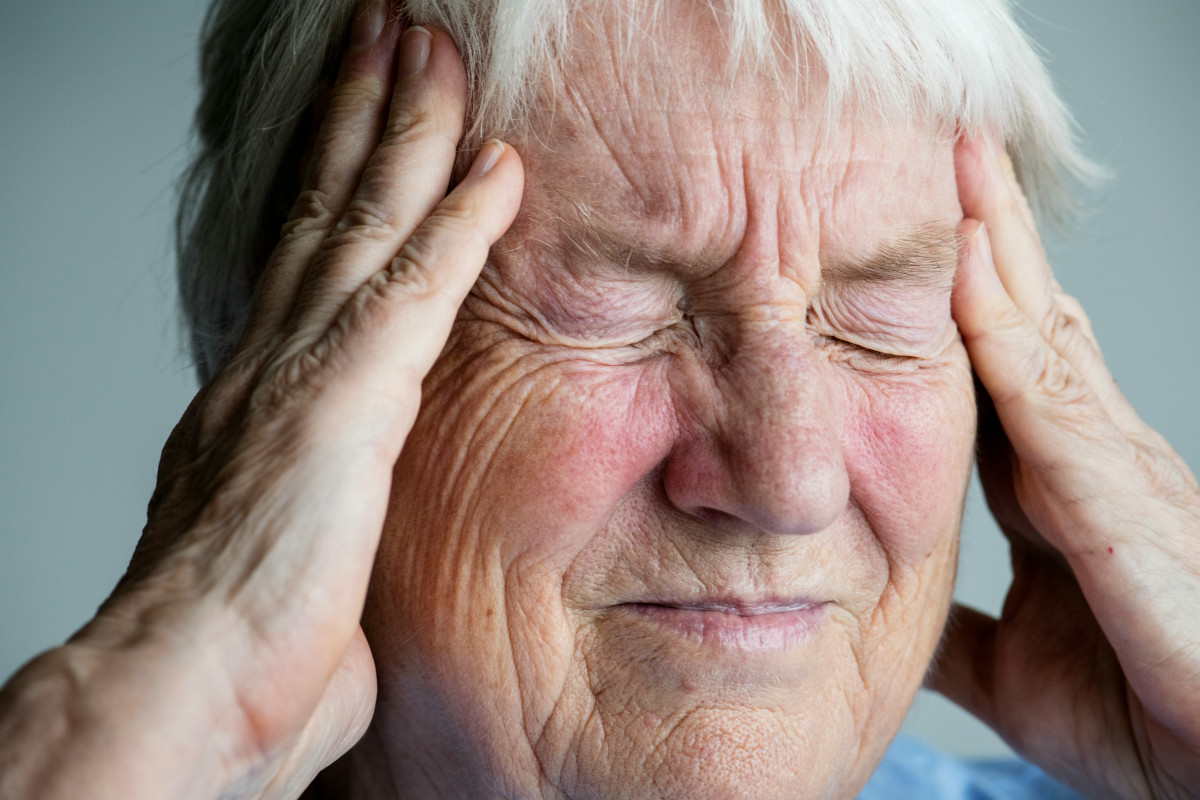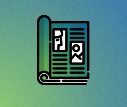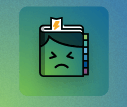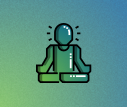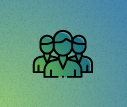Headache Myths (Part 2)
Myths about headaches are extremely common. Back in April 2024, we took a closer look at some popular myths about headaches and examined what science has to say about them. But there were too many to cover in one go — so here’s Part 2 of our ‘True or False?’ series on headaches and migraines.
-
References
Arca KN, Halker Singh RB. Dehydration and Headache. Curr Pain Headache Rep. 2021 Jul 15;25(8):56. doi: 10.1007/s11916-021-00966-z.
Blau JN, Kell CA, Sperling JM. Water-deprivation headache: a new headache with two variants. Headache. 2004 Jan;44(1):79-83. doi: 10.1111/j.1526-4610.2004.04014.x.
Blau JN. Water deprivation: a new migraine precipitant. Headache. 2005 Jun;45(6):757-9. doi: 10.1111/j.1526-4610.2005.05143_3.x.
Correia IMT, Ferreira AS, Fernandez J, Reis FJJ, Nogueira LAC, Meziat-Filho N. Association Between Text Neck and Neck Pain in Adults. Spine (Phila Pa 1976). 2021 May 1;46(9):571-578. doi: 10.1097/BRS.0000000000003854.
David D, Giannini C, Chiarelli F, Mohn A. Text Neck Syndrome in Children and Adolescents. Int J Environ Res Public Health. 2021 Feb 7;18(4):1565. doi: 10.3390/ijerph18041565.
Khorsha F, Mirzababaei A, Togha M, Mirzaei K. Association of drinking water and migraine headache severity. J Clin Neurosci. 2020 Jul;77:81-84. doi: 10.1016/j.jocn.2020.05.034. Epub 2020 May 20.
Kim HJ; DH, Kim JS. The relationship between smartphone use and subjective musculoskeletal symptoms and university students. J Phys Ther Sci. 2015 Mar;27(3):575-9. doi: 10.1589/jpts.27.575. Epub 2015 Mar 31.
Kim SY, Koo SJ. Effect of duration of smartphone use on muscle fatigue and pain caused by forward head posture in adults. J Phys Ther Sci. 2016 Jun;28(6):1669-72. doi: 10.1589/jpts.28.1669. Epub 2016 Jun 28.
Lee S, Choi YH, Kim J. Effects of the cervical flexion angle during smartphone use on muscle fatigue and pain in the cervical erector spinae and upper trapezius in normal adults in their 20s. J Phys Ther Sci. 2017 May;29(5):921-923. doi: 10.1589/jpts.29.921. Epub 2017 May 16.
Regiani Bueno G, Garcia LF, Marques Gomes Bertolini SM, Rodrigues Lucena TF. The Head Down Generation: Musculoskeletal Symptoms and the Use of Smartphones Among Young University Students. Telemed J E Health. 2019 Nov;25(11):1049-1056. doi: 10.1089/tmj.2018.0231. Epub 2019 Jan 22.
Wilson MM, Morley JE. Impaired cognitive function and mental performance in mild dehydration. Eur J Clin Nutr. 2003 Dec;57 Suppl 2:S24-9. doi: 10.1038/sj.ejcn.1601898.
https://dgou.de/presse/pressemitteilungen/detailansicht-pressemitteilungen/artikel/rueckengesundheit-orthopaeden-und-unfallchirurgen-geben-tipps-gegen-den-handynacken/
https://www.aerztezeitung.de/Medizin/Oefter-mal-abschalten-304043.html

